From pv magazine 09/2021
Over the last few months, India has seen several announcements for PV module capacity expansion or new fab establishment by domestic manufacturers. Among these announcements for crystalline silicon cells and modules, the entry of U.S.-based First Solar has added thin-film technology to the Indian manufacturing landscape, which is currently dominated by crystalline silicon.
The U.S. manufacturer, which is also working on a 3.3 GW fab in Ohio, recently announced plans for an additional 3.3 GW factory in India at a capital investment of $684 million. The India fab, to be located in the southern state of Tamil Nadu, is expected to commence production by the end of 2023. Together with the new Ohio fab, it will double First Solar’s nameplate manufacturing capacity from approximately 8 GW at present to 16 GW in 2024.
First Solar states that its cadmium telluride (CdTe) panels will be ideal for the high temperatures and humidity of India. It also claims that its PV manufacturing has a carbon footprint that is 2.5 times lower than that of crystalline silicon technology. More than 90% of the materials used in thin-film panels can also be recovered through recycling.
First Solar’s upcoming factory is sure to reset the PV market dynamics in India, where thin-film solar products enjoyed a strong market share in the early years (2011-13) of the last decade. However, they later lost ground to cheaper crystalline silicon products from China.
The last decade
As Bridge to India reports, around 45-47% of the PV modules used in India in 2011 and 2012 were thin-film panels. At that time, First Solar was the leading module supplier to India, commanding more than 20% market share.
“In fact, First Solar had a very good market share in India until 2016-17. The company has kept on growing year on year worldwide on a total volume basis. The only reason why their business almost completely stopped in India after the 2017-18 timeframe, was their small manufacturing capacity in comparison to the Chinese companies,” Vinay Rustagi, the managing director of Bridge to India, told pv magazine.
“At that time, thin-film technology was very popular, and there were lots of manufacturers from U.S., Korea, and Japan,” he added, in reference to CdTe PV’s stronghold in the early years of the last decade. “The share of thin-film versus crystalline silicon solar was much higher. The crystalline technology capacity was very small because the Chinese companies had not started setting up mega plants at that time. Technology- and cost-wise, the two technologies were on kind of equal footing in the early days.”
First Solar was bidding in Indian tenders, winning utility-scale PV projects and also doing project development with its modules. However, the share of thin-film solar in India shrank as much cheaper crystalline silicon panels from China made their way into the market.
“The Chinese companies started investing heavily in the crystalline silicon solar technology. They expanded their capacities and brought down the cost. And that wiped out all the thin-film manufacturers, one by one from Korea and Japan. And so, First Solar was the only remaining company in thin film but they could not expand as rapidly as some of the Chinese companies. So, they also lost their market share in relative terms [in India].”
Under such a scenario, First Solar’s focus shifted away from the very price-conscious Indian market to other countries where it could get better prices for the modules.
“Even today prices in India have always been the lowest in the world. Until one year ago, even the Chinese companies were selling modules in India at prices lower than in their own country. So, if First Solar doesn’t have enough capacity, and they can sell everything in the USA and Europe at higher prices, obviously that is what they would prefer. So that is the only reason why they stopped selling in India. There is no policy reason, and there are no operational or performance reasons,” said Rustagi.
Current business
Like other PV module manufacturers throughout the world, First Solar later decided to sell its developed assets in India, as in other parts of the world, and focus on its core strength of module making. With this approach, it got to recycle capital for future expansion while creating a portfolio of de-risked assets with predictable, reliable cash flows for financial investors in renewable energy.
For instance, in 2017, IDFC Alternatives, one of India’s largest alternative fund managers, completely acquired 190 MWac of operating solar projects owned and operated by the First Solar Group in the Indian states of Andhra Pradesh and Telangana. All of the projects utilize First Solar’s CdTe based thin-film modules, and sell the power generated to state utilities under long-term power purchase agreements.
At present, First Solar is believed to have an installed base of about 1.8 GW of modules in India.
Local manufacturing
The India fab move comes at a time when the U.S. government has imposed restrictions on crystalline silicon module imports from China in view of alleged forced labor practices in polysilicon factories in China. As a result, demand for First Solar modules is expected to increase domestically in the United States. At the same time, the rise of Covid-19 cases and potential preventive restrictions in other countries where First Solar operates PV factories (Malaysia and Vietnam) present risks to the company’s production, supply chain, and technology implementation plans.
Expanding manufacturing to other locations will help First Solar to mitigate such risks. The policies by some countries (including India) to promote their domestic manufacturing provide a major opportunity for expansion in such markets.
Further, locating additional manufacturing capacity near to the source of demand provides First Solar with the advantage of reduced sales freight costs.
“Whether it is the U.S., Europe, Japan, or India, they’re all in the same boat. They’re all coming on to all kinds of policies to restrict the use of Chinese modules. The U.S. is basically suspending Chinese modules because they’re concerned about labor issues. India has imposed [the requirement for module suppliers to get enlisted in] the Approved List of Models and Manufacturers (ALMM) and basic customs duty (BCD) from next year onwards.”
“First Solar is one of the very few non-Chinese module companies today … It is almost the only non-Chinese company in the top 10 largest PV manufacturers. With all these kinds of restrictions, the market suddenly looks much better for them [First Solar] and they believe that they can get better prices in all these countries.”
Rustagi estimates the price differential between First Solar modules and imported Chinese modules to be around 10-15% in India. The cost challenge should be overcome as basic customs duty on panel imports from China comes into effect from April next year. Furthermore, manufacturing locally, on a large scale, should make thin-film modules price-competitive with other domestically produced modules.
First Solar says its technology is uniquely advantaged in the Indian market due to its temperature coefficient and spectral response advantages, which can result in higher energy per watt installed than crystalline silicon due to the effects of heat and humidity.
The investment looks all the more promising going by First Solar’s announcement at a recent meeting of investors. “The next-generation factory [planned in India] represents a significant leap forward in our technology roadmap and will produce our most competitively advantaged modules with an expected lower cost per watt and environmental footprint compared to our existing fleet,” stated First Solar.
This content is protected by copyright and may not be reused. If you want to cooperate with us and would like to reuse some of our content, please contact: editors@pv-magazine.com.
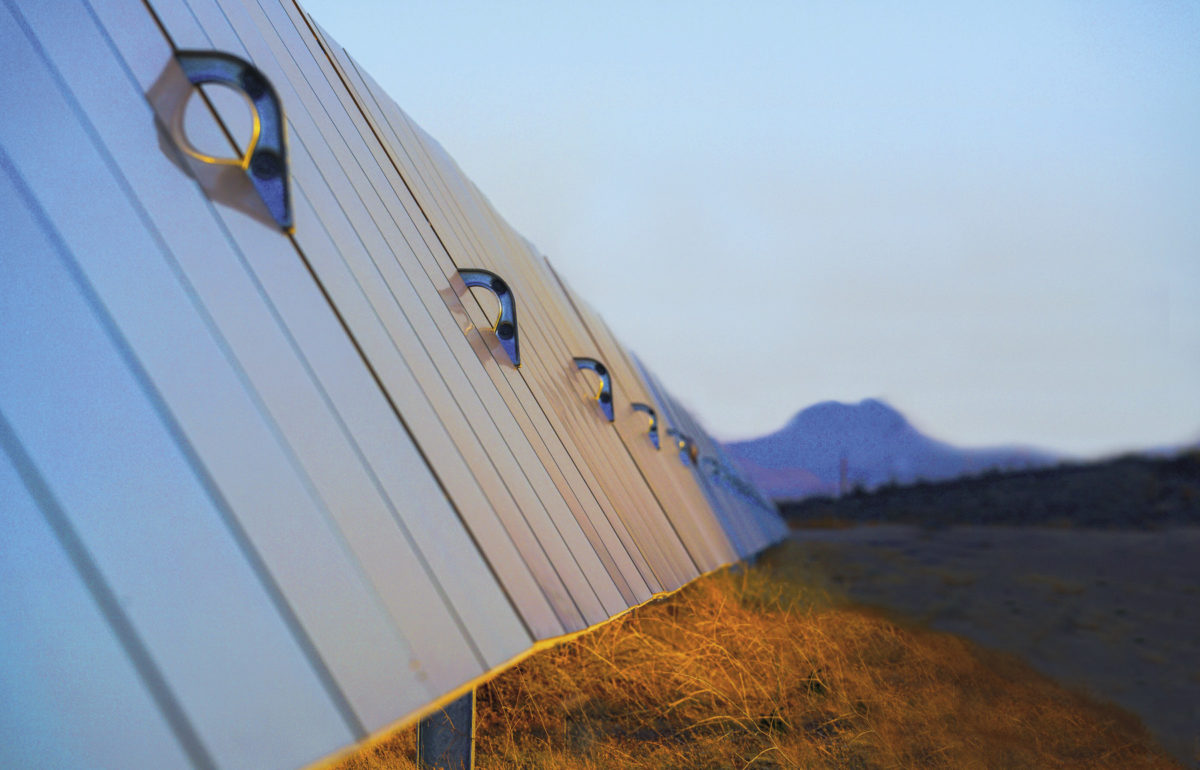
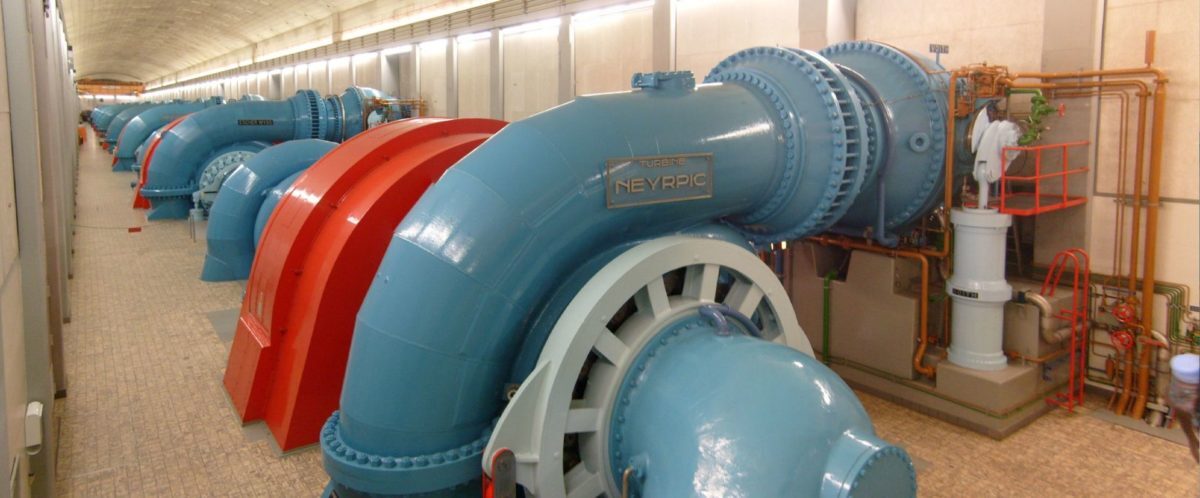


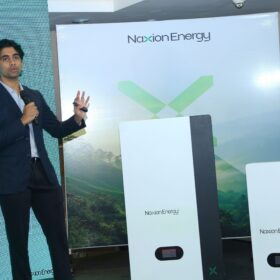
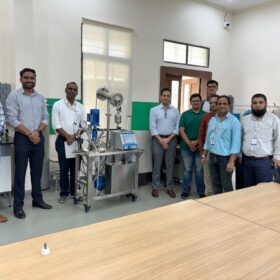
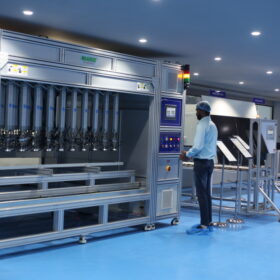
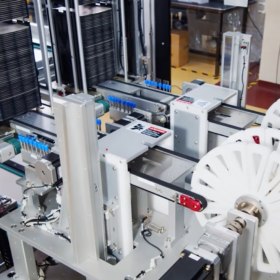
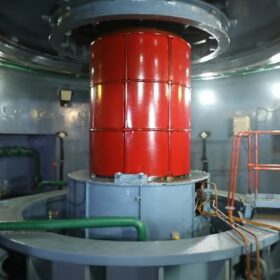
Good to know…. as India “creeps” towards a 500GW/yr PV Panel Industry… but still NO NATIONAL ZERO POLLUTION PLAN FROM THE PRIME MINISTER as Pollution causes
* 2.5 Million Pre- Mature Deaths Annually
* 275 Million DALY (Disability Adjusted Life Years)
If this is not MASS MURDER & USE OF WMD (Weapon of Mass Destruction)… Tell me What is…!!! …. AND THE TOTALLY IGNORES THIS… AND FOCUSES ON CLIMATE CHANGE (to impress the World too) WHICH KILLS “NO ONE”… TODAY..